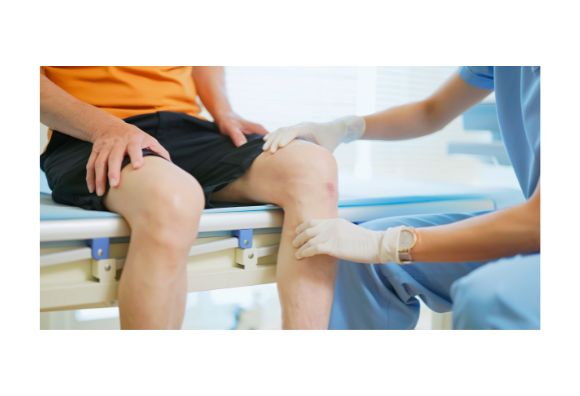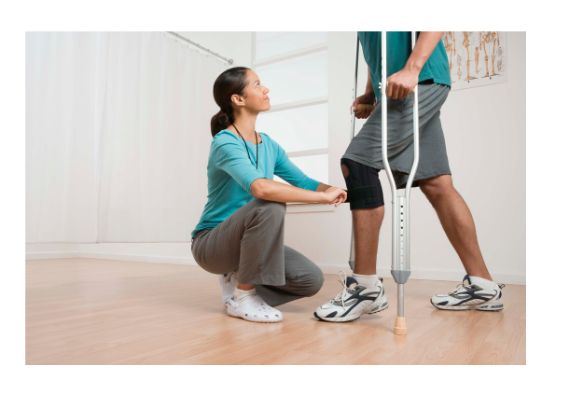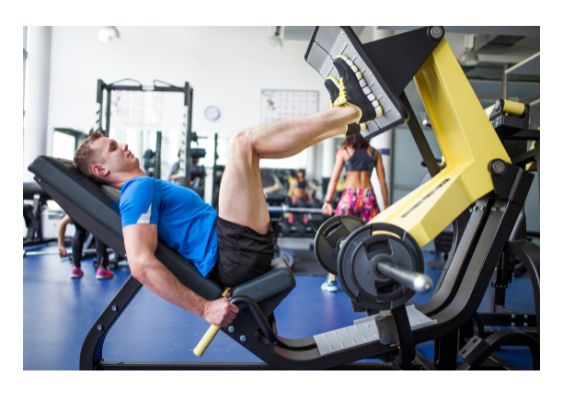Non-Surgical Treatment Pathway

The information that follows is for educational purposes only and is not a substitute for seeing a licensed healthcare professional face-to-face for a thorough physical examination and treatment recommendations.
Given the risk of complications with surgery, it is always considered the last treatment option, unless it is (a) an emergency situation or (b) the patient has exhausted all reasonable non-surgical treatment options.
Every day there are patients around the world that see improved function and reduced pain without the need for an MRI, an injection, a referral to a surgeon, or surgery.
The key to success is (a) getting an accurate and reliable diagnosis as soon as possible from a physician and (b) getting on the most appropriate treatment program – as soon as possible.
Step 1: Obtaining an accurate clinical diagnosis.
Pain can be caused by one or more conditions.
The success of any treatment plan depends on the accuracy of the diagnosis.
Seeing an experienced physician is not only critical to get an accurate diagnosis but also important to rule out serious conditions that may require urgent medical care (fractures, infections, tumors, pediatric injuries).
Regrettably, many patients are misdiagnosed (or not diagnosed at all) and consequently put themselves at risk of developing chronic pain and permanent disability.
Stage 2: Early Healing & Pain Control (Protection)
Stage two consists of protection at the site of injury. Reduced motion at the site of injury helps prevents re-injury and allows early repair tissue to form. Protective devices such as casts, slings, braces, splints, and crutches are often used during this period.
The rate of tissue repair varies from tissue to tissue and ultimately impacts how long an injured tissue needs to be protected.
As a rule, discs, tendons, ligaments, and nerves tend to heal slower than muscle injuries and can require a longer period of protection.
Ultimately your physician or surgeon will determine when it’s safe to reduce protection and begin safe and appropriate early exercise.
Stage 3: Early Exercise (Range of Motion)
Stage three consists of restoring the range of motion at the injured joint as well as the joints above and below the site of injury. As a rule, the exercises are gentle to prevent joint stiffness without disrupting early repair tissue.
Stage 4: Middle Exercise (Muscle Strength)
Stage four consists of restoring full muscular strength and endurance – without disrupting repair tissue at the site of injury. Strength exercises are typically light to begin with, and increased based on the recommendation of your physiotherapist.
Stage 5: Late Exercise (Neuromuscular Function)
Stage five consists of rehearsing neuromuscular motor programs specific to the patient’s work and sports activities. The goal is to be able to perform tasks with the required speed, accuracy, endurance and power in order to prevent re-injury from a premature return to work or sports.
Stage 6: Return to Work & Sports (Medical Clearance)
Stage six consists of seeing your physician, surgeon, or physiotherapist for medical clearance before returning to work full duties and/or sports.
Returning to work or sports prematurely and without medical clearance, can result in delayed healing, chronic pain, and permanent disability – that cannot be corrected by surgery.
Your Checklist
- See a physician for a face-to-face hands-on physical examination and accurate clinical diagnosis.
- See an experienced orthopaedic physiotherapist and ask for a written copy of a non-surgical treatment protocol for your condition/injury.
- To avoid re-injury, always follow up with your physiotherapist before progressing to the next stage in your protocol.
- Reduce the use of pain and anti-inflammatory medications as soon as possible.
- Stop smoking.
- Don’t return to work or sports without your physician and physiotherapist’s permission.
- Check out the patient education videos below to learn about your injury, condition, and treatment options.
FYI, we’re currently populating this website with the contact information of orthopaedic surgeons in this state and others. Thank you for your patience.


